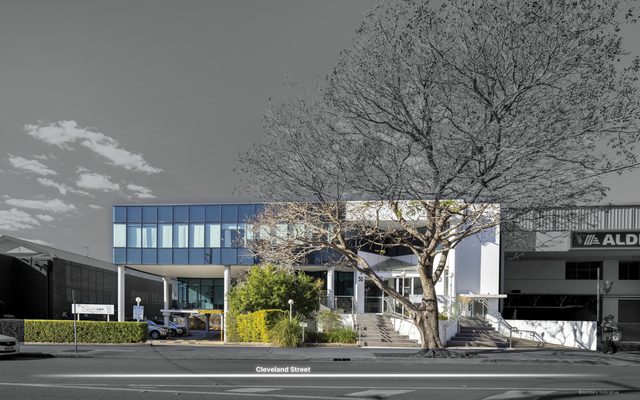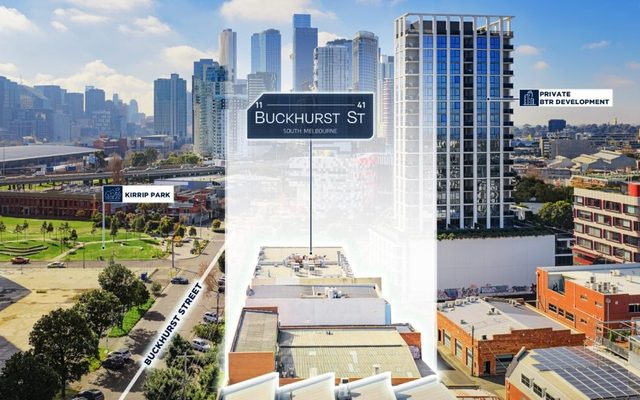This article is from the Australian Property Journal archive
THE Woolloongabba urban renewal precinct is moving forward with community consultation now underway on the largest urban renewal in Brisbane since South Bank.
The precinct will be developed into a mixed-use location with retail, dining, housing and open space, alongside the new Gabba Station, which will include with three new pedestrian bridges.
With the Gabba Stadium Project Validation Report (PVR) now complete the largest urban renewal in Brisbane since South Bank can go ahead.
Community consultation will include finding a new name for the precinct, with deputy premier Steven Miles suggesting “East Bank”.
The precinct will deliver a great mix of uses, from commercial and retail opportunities to hotel and residential options, including at least 20% social and affordable housing.
“The Woolloongabba redevelopment, along with Cross River Rail and the Brisbane Metro, will anchor a major redevelopment of Woolloongabba to maximise the benefit of public investment and deliver more housing including social and affordable housing, more jobs, and better connectivity,” said Miles.
“We could see another 880 or more apartments delivered in the precinct alone, as well as retail and dining.”
While the full stadium rebuild will see The Gabba stadium full deconstructed and rebuilt to support the state’s sport, community, and entertainment needs ahead of the Brisbane 2032 Olympic and Paralympic Games.
“The Gabba’s 128-year history makes it iconic for Queensland, this redevelopment will ensure a lasting legacy to be enjoyed for another 128 years and beyond,” added Miles.
“This isn’t just about a stadium upgrade. This is about anchoring an urban renewal project that will see Woolloongabba transformed like South Bank was transformed for Expo 88.”
This rebuild sits within the Woolloongabba Priority Development Area (PDA) and will see the rebuilt Gabba Stadium, Cross River Rail and the Brisbane Metro connect to South Bank, the Brisbane CBD and new Brisbane Arena at Roma St via a walkable spine, an active travel corridor to South Bank plus Brisbane City Council’s new green bridge.
“Having a modern, safe, accessible, and globally recognisable stadium will help draw more national and international events, and we know one concert can produce up to $5 million in visitor spending in our economy,” said Miles.
“The upgrade will create an estimated 2,300 jobs during the peak of construction in 2028, the economic impact will flow throughout the state.”
Preparation of a development scheme for the new Woolloongabba (PDA) is underway and will establish the long-term planning rules for the precinct.
The design process for the stadium will take place in 2024, with deconstruction to commence in 2025 and the new stadium to be ready for use by 2030.




